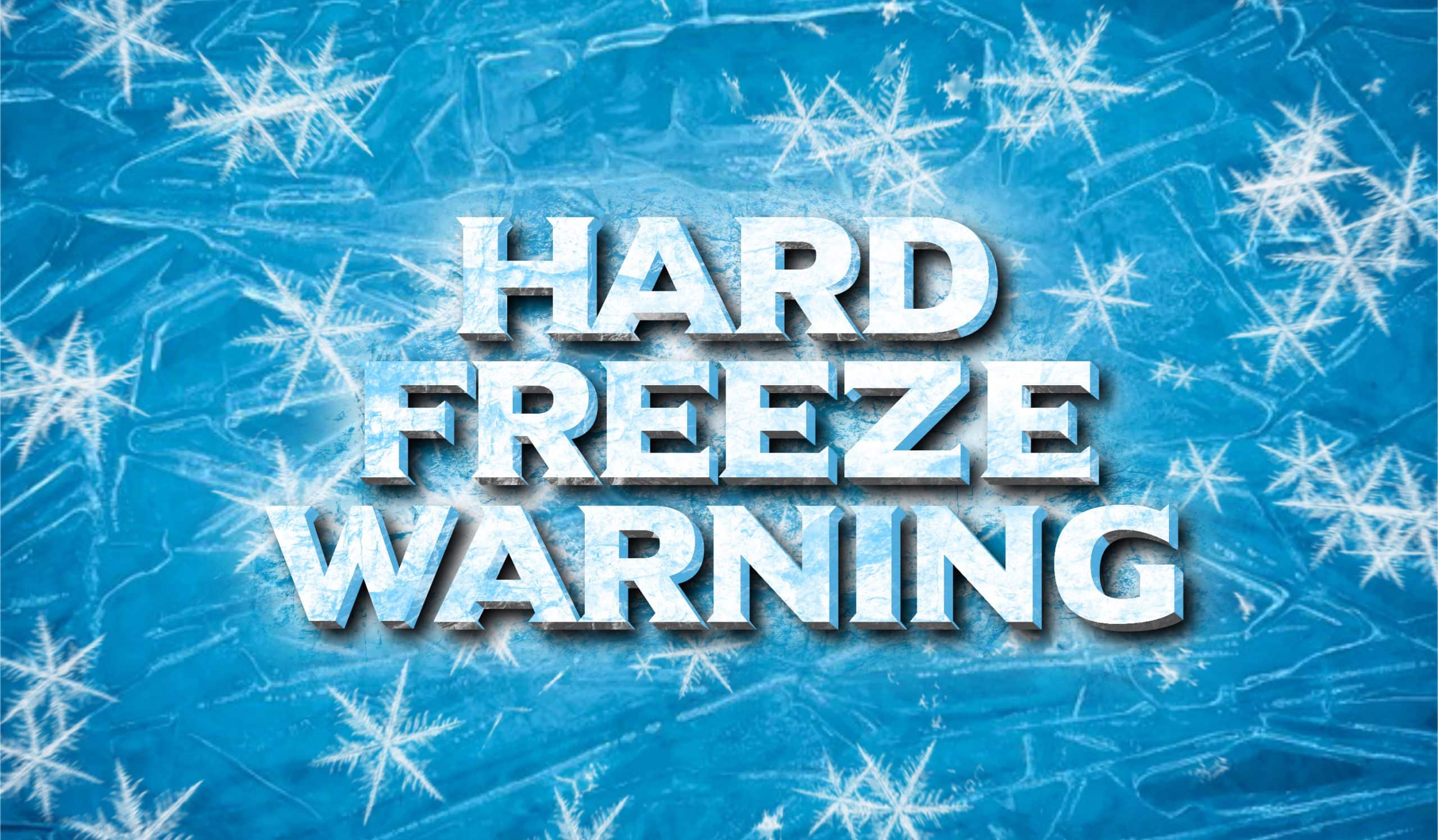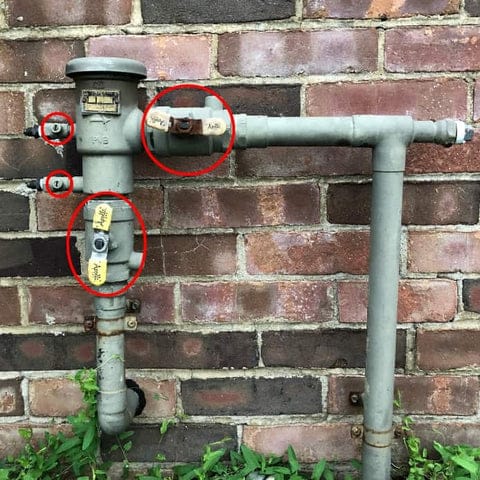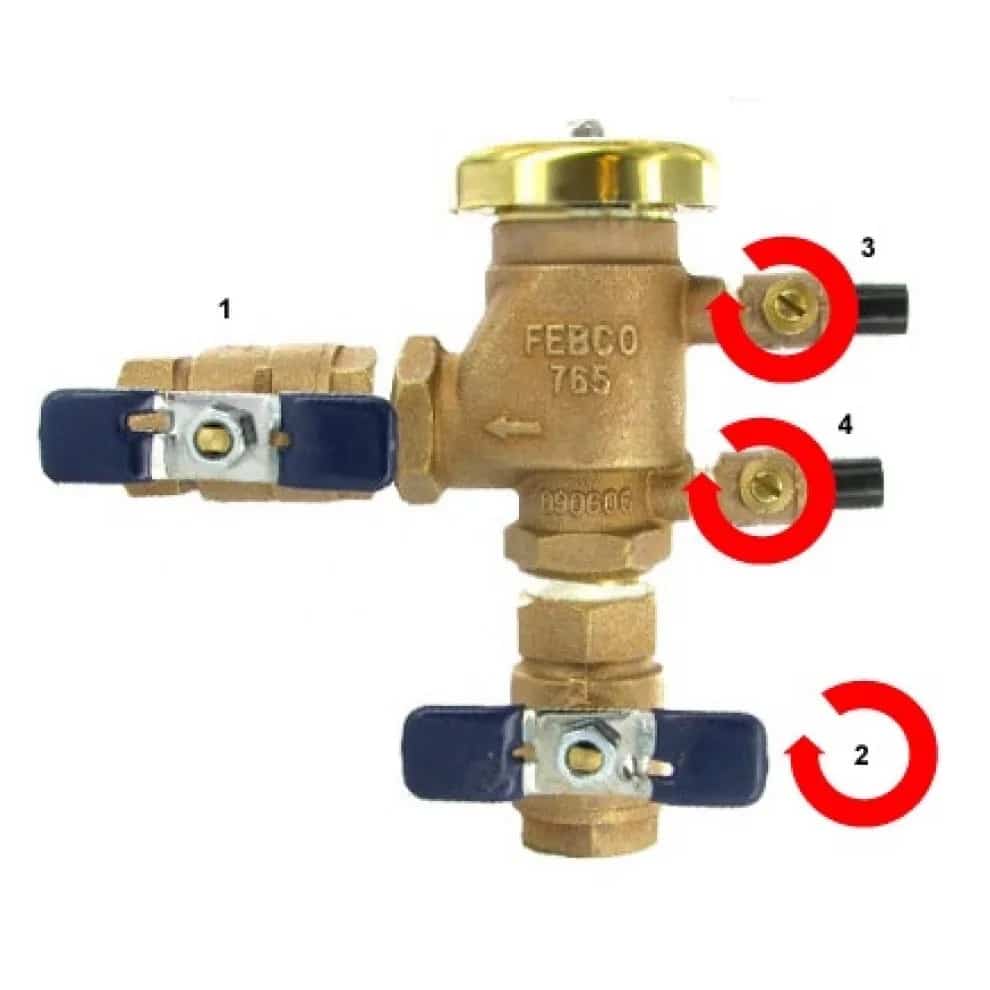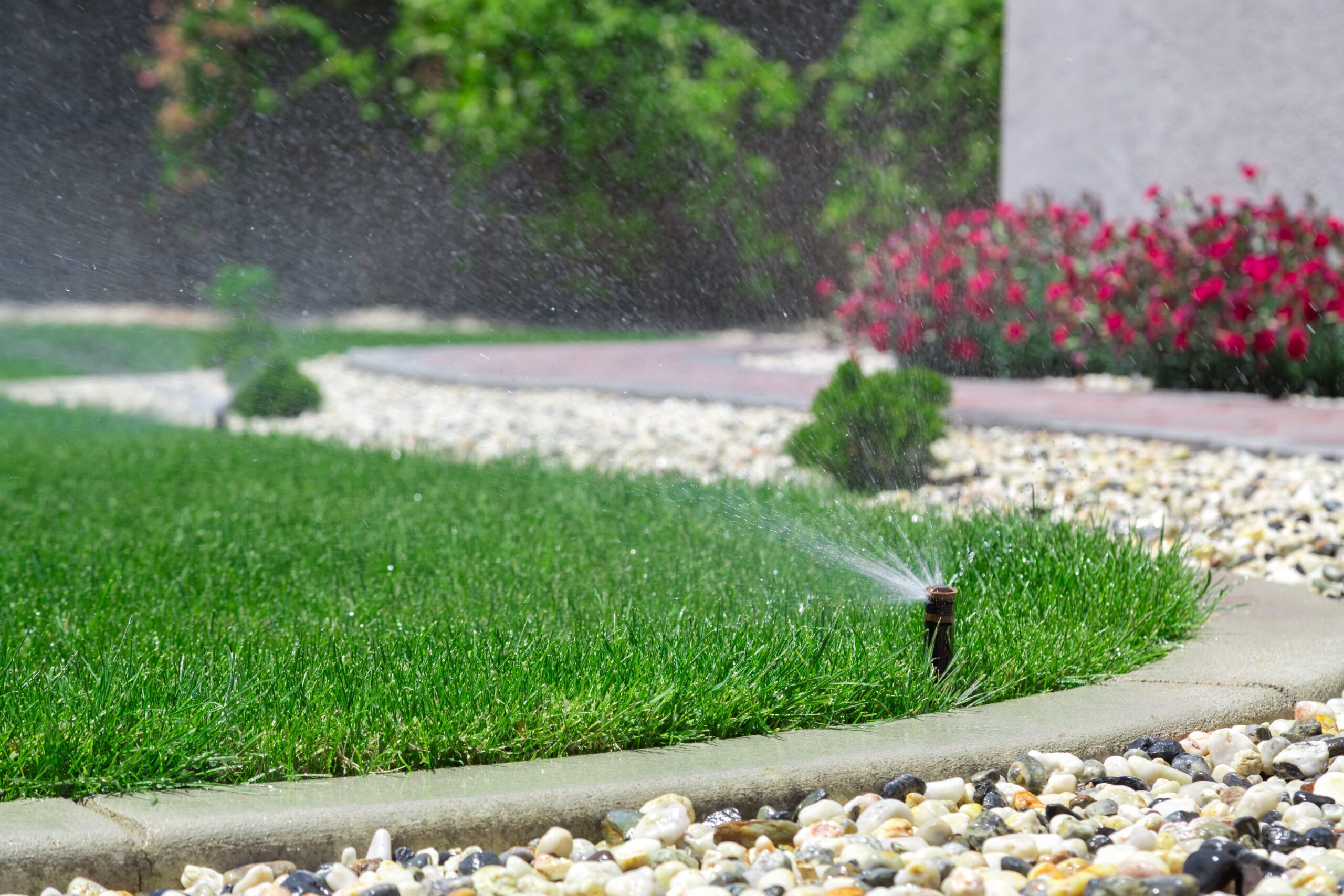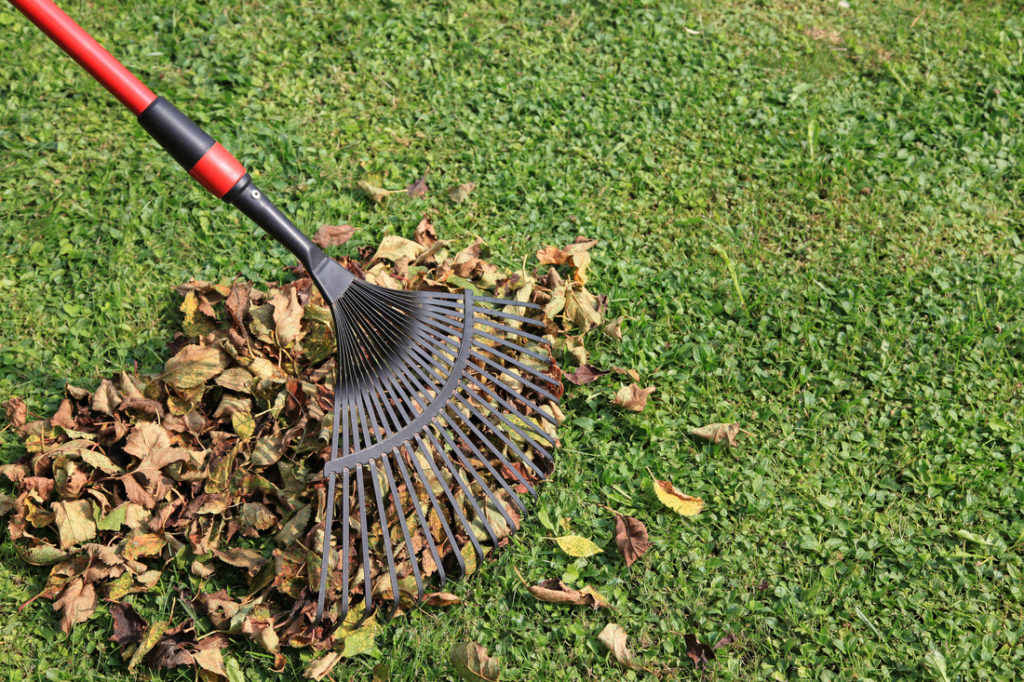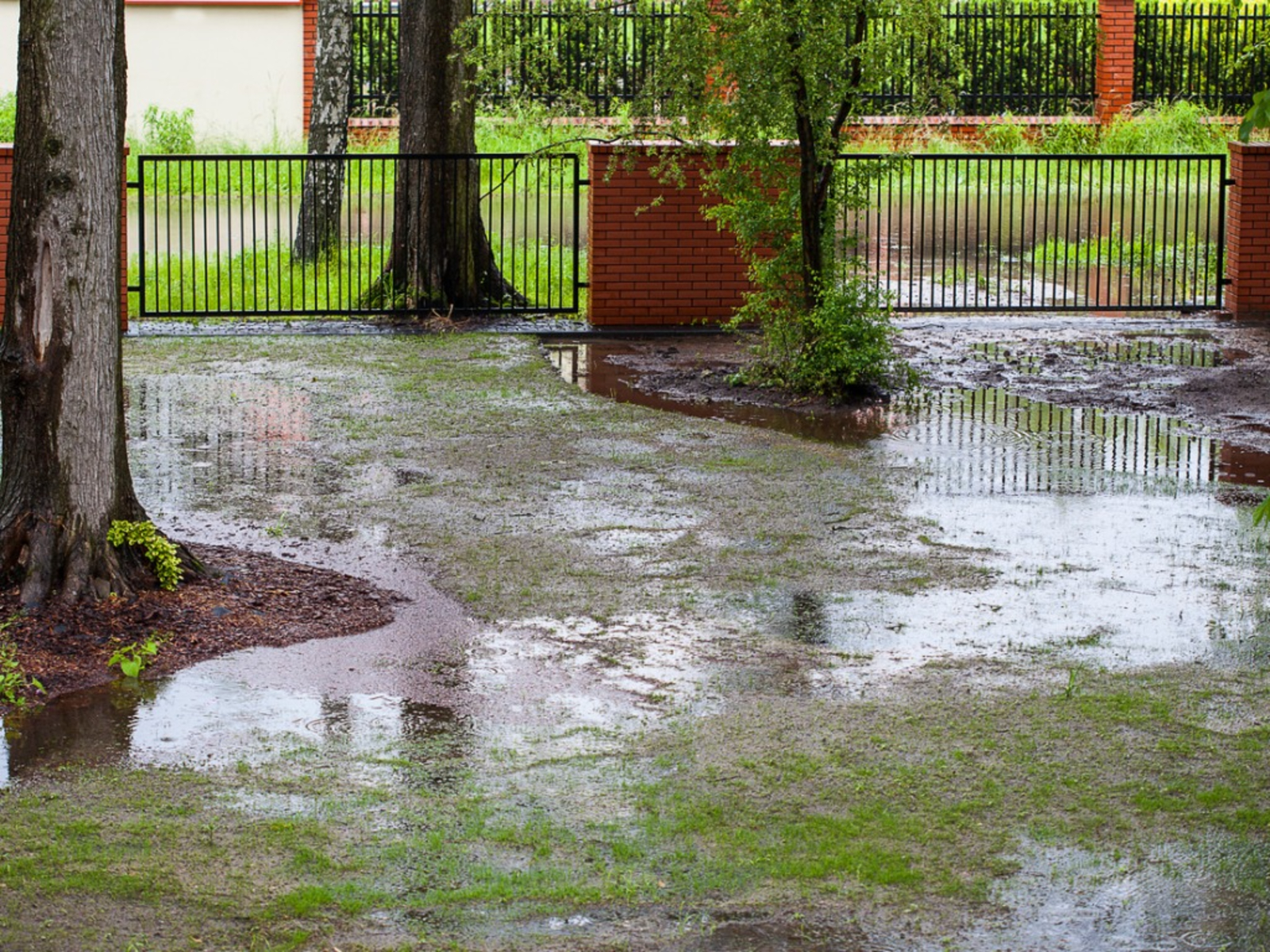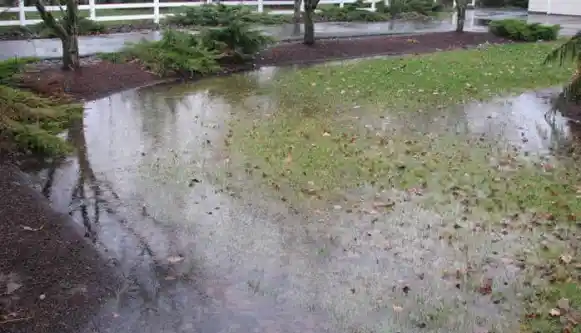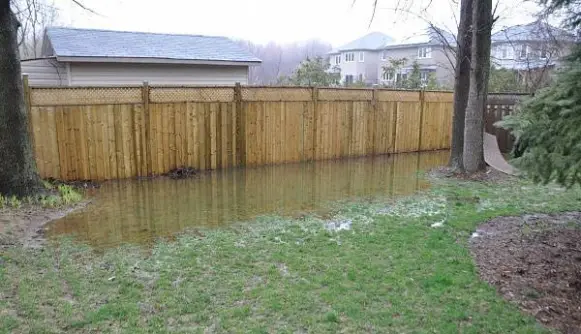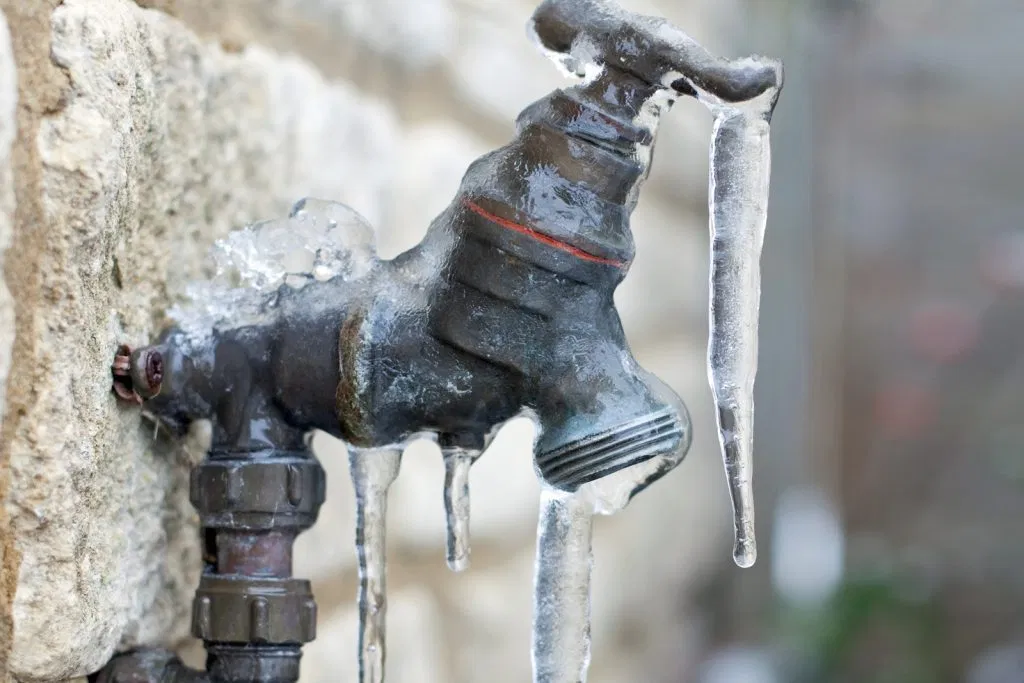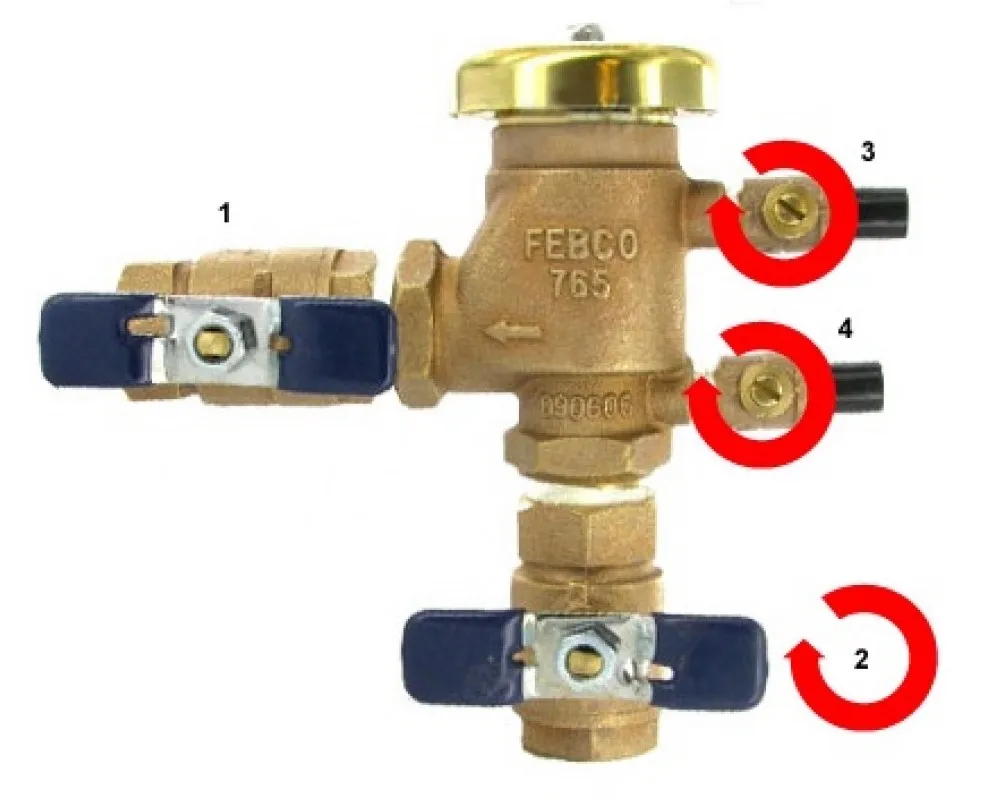Crape myrtles (Lagerstroemia) are beloved for their stunning summer blooms, striking bark, and graceful form. However, to keep them healthy and looking their best, an annual trimming is essential. Many gardeners make the mistake of either over-pruning or neglecting their crape myrtles entirely, leading to weak growth and diminished flowering.
Here’s why a once-a-year trim is vital for the long-term health and beauty of these landscape favorites:
Encourages Healthy Growth
Regular pruning helps remove dead or diseased wood, allowing the tree to direct its energy toward producing strong new growth. Trimming also improves air circulation, reducing the risk of fungal diseases such as powdery mildew and sooty mold.
Enhances Flower Production
Crape myrtles bloom on new wood, meaning that properly timed pruning in late winter or early spring stimulates the growth of new flower-producing branches. Without annual trimming, your tree may produce fewer and smaller blooms.
Prevents Overgrowth and Weak Branches
Left untrimmed, crape myrtles can become overgrown with weak, crossing branches that are prone to breaking. Strategic pruning strengthens the structure of the tree and encourages a balanced, aesthetically pleasing shape.
Reduces Suckers and Unwanted Growth
Crape myrtles often produce suckers—vigorous shoots that sprout from the base of the tree or lower branches. These can divert energy from the main canopy, leading to a cluttered appearance. Annual trimming helps remove these unwanted shoots and keeps the tree looking tidy.
Improves the Overall Appearance
A well-pruned crape myrtle maintains its natural beauty, with a balanced canopy and a graceful silhouette. Avoid the harsh practice of “crape murder” (severe topping), and instead, aim for selective pruning to enhance the tree’s natural shape.
Bottom Line?
By trimming your crape myrtle once per year in the late winter or early spring (before new growth starts), you’ll enjoy a healthier, more beautiful tree that produces vibrant blooms every summer. By removing dead, diseased crossing branches and suckers at the base along with proper care, your crape myrtles will thrive for many years, adding elegance and charm to your landscape.
Don’t worry! You don’t have to tackle it on your own, Suncor can help. Just give us a call at (281) 859-2122 or shoot us an email to info@suncoroutdoors.com and we can get you on the schedule.


